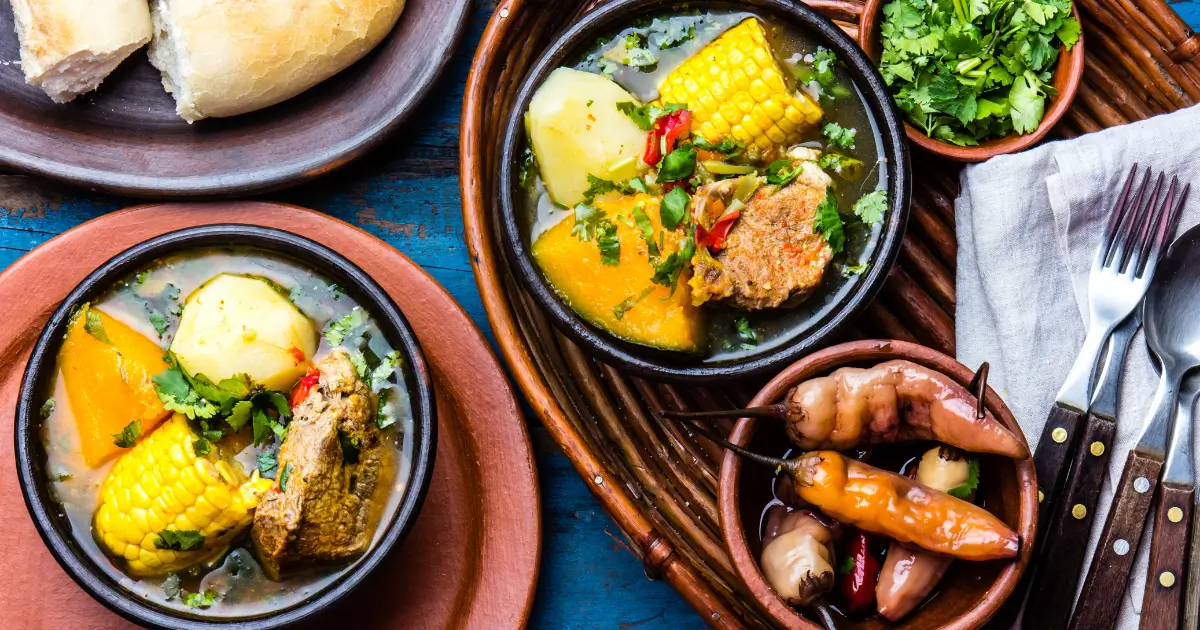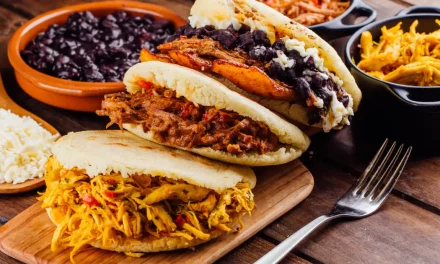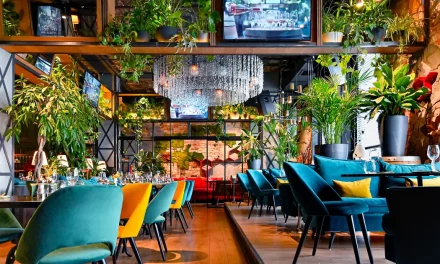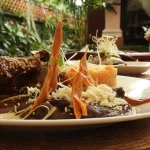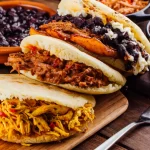When people think of American food, they often picture greasy cheeseburgers, golden fries, and oversized sodas. But the truth is—American cuisine is much more than fast food. It’s a melting pot of traditions, flavors, and stories brought by generations of immigrants and shaped by regional culture, geography, and history.
American Food
Walk through New Orleans, and you’ll smell the rich spices of gumbo simmering on the stove. It’s not just a stew—it’s a warm memory of French, African, and Spanish roots blending into one unforgettable dish. Head north to Maine, and you’ll find buttery lobster rolls served with sea breeze and a side of local pride. Then there’s the Southwest, where Mexican influence runs deep—tacos, enchiladas, and salsas that aren’t just spicy, they’re soulful.
Even the simplest foods in America carry deep meaning. A slice of apple pie isn’t just dessert—it’s grandma’s Sunday tradition, Fourth of July celebrations, and the comforting taste of home for millions. Barbecue isn’t just meat over fire. In Texas, it’s brisket slow-smoked for hours. In the Carolinas, it’s pork drenched in vinegar or mustard sauce. Each version tells a different story, and none are wrong.
What makes American food so unique is its openness to reinvention. Sushi burritos, Korean BBQ tacos, vegan soul food—these aren’t gimmicks. They’re proof that American food doesn’t stand still. It evolves with the people, reflecting their creativity and willingness to blend cultures in the most delicious ways.
So no, American food isn’t just about what’s served at drive-thrus. It’s about flavor with roots, recipes with heritage, and plates full of personality. And whether it’s cooked by a street vendor in Chicago or a family in the Appalachian mountains, it always tells a story worth listening to—and tasting.

